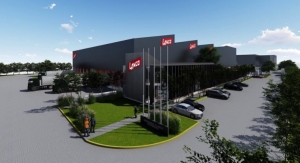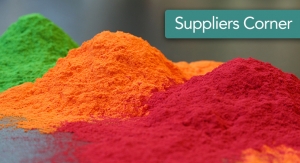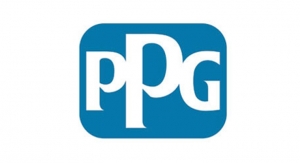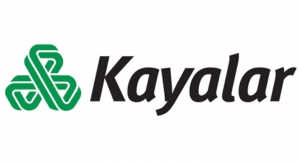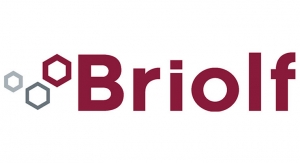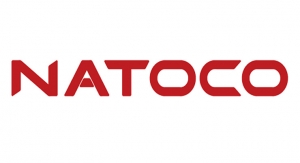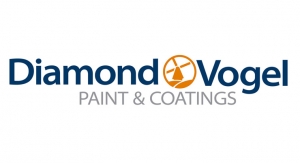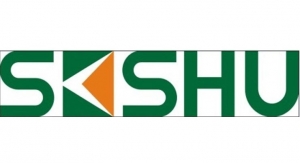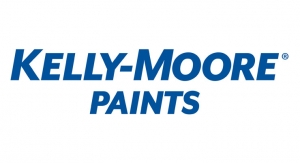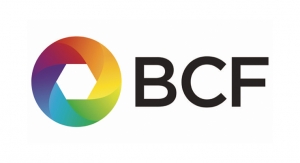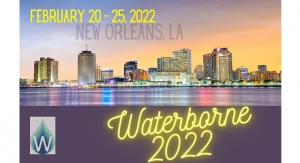Dan Passinault, Associate Director, Innovation, Products and Execution, PPG Architectural Coatings02.12.16
Dan Passinault
The world of architectural coatings is no different.
As new changes occur in technology, consumer behaviors and engineering, so do the resulting product offerings. To stay relevant within the marketplace, paint and coatings professionals need to adapt to these changes by staying on-trend with advancing product improvements in order to serve the needs of their customers.
Today there are three major changes affecting the architectural coatings industry: changes in the marketplace landscape, changes in green technology and changes in product development.
Changes in the Marketplace Landscape
The state of the marketplace is helping to drive some of the latest developments in the architectural coatings industry. With a recent upswing in the economy, consumers are once again buying homes, and with that comes painting and other do-it-yourself (DIY) projects.
In fact, new residential construction starts in September 2015 were nearly 18 percent higher than new construction starts one year earlier, according to the U.S. Census Bureau and the Department of Housing and Urban Development. Home renovation has also been on the upswing and is expected to continue rising into 2017, according to the Metrostudy Residential Remodeling Index (RRI). This has led to more new home and home remodel projects in the U.S. overall, which typically utilize various architectural coatings products.
In general, consumers also have more disposable income compared with previous years, increasing the marketplace’s overall spending power, according to data from the Bureau of Economic Analysis and IBISWorld. With more disposable income, consumers and professionals are requesting higher-quality, premium and specialty paint and stain products with higher price points for both interior and exterior projects.
As housing and commercial indicators call for continued growth, the architectural coatings industry in turn can also be positively impacted.
Interestingly enough, the buzzworthy millennial generation is having a strong impact on the overall marketplace as well. Today there are 13.3 million households headed by millennials, which is expected to increase to 21.6 million by 2018. Millennials are projected to surpass Baby Boomers in their lifetime in terms of income directly correlating with their expected purchasing power, as reported by the Harland Clarke Group.
With an increase in home purchases and spending power, the emerging millennial generation is one that coatings manufacturers have been keeping a pulse on for tailored product developments, marketing opportunities and more.
Changes in Green Technology
As government regulations, green certifications and consumer preferences toward environmentally conscious companies continue to increase, it is important for today’s professionals to be aware of the latest updates affecting “green” coatings technology to better serve customers’ needs in both commercial and residential spaces.
First, regulations at the local, state and national levels continue to influence product requirements. At the broadest level, the U.S. Environmental Protection Agency (EPA) Architectural and Industrial Maintenance (AIM) Coating Emission Standards apply to coating products. At a minimum, all states must comply with these regulations. Regions and states or local air quality boards can choose to set stricter regulations within their jurisdictions.
Independent of government regulations, third-party green certifications also promote and regulate the design, construction and operation of high-performance green buildings. These buildings include everything from large-scale commercial structures to individual homes.
A few of the most popular U.S. green building certifications include Leadership in Energy and Environmental Design (LEED), U.S. GREENGUARD and the National Association of Home Builders (NAHB) Model Green Home Building Guidelines. Each of these third-party certifications has its own set of standards and criteria, which are typically updated and/or revised on a regular basis.
Aside from governmental regulations and third-party certifications, consumer preferences for environmentally friendly products are also continuing to grow. In fact, more than half of global consumers are attracted to companies that have demonstrated a certain level of social responsibility in their business practices, according to The Nielsen Company.
But what do all of these updates mean?
For coatings professionals that have been a part of the industry for 20 years or more, these regulations, certifications and consumer attitudes toward green products are relatively new developments. For example, the first formal LEED green building standards, LEED v1, were established less than 20 years ago. Also, the AIM Coating Emission Standards weren’t rolled out on a national level until the late-1990s.
To help professionals stay on top of the latest developments, coatings manufacturers often foresee the impending regulatory updates and proactively innovate products that meet or exceed tomorrow’s standards. In fact, PPG was one of the first pioneers in the paint industry in developing new performance standards for low- and zero-volatile organic compound (VOC) products, allowing the products to meet a variety of governmental regulations and third-party standards nationwide.
Additionally, manufacturers’ Technical Data Sheets (TDS) and Material Safety Data Sheets (MSDS) now include regulatory compliance and certification details to help professionals choose products that meet or exceed specific building standards.
Changes in Product Development
Several of these market and regulation changes also affect architectural coatings product development, especially in the case of green and specialty product advancements.
Green Product Advancements
Changes in environmental regulations, for example, have brought about several product developments. Manufacturers have increased efforts over the last two decades around research and development of low- and zero-VOC technology for paints and stains. These eco-friendly paint products offer a multitude of benefits for professionals and consumers alike, including low odor and ease of application. It is important, however, to remember that colorants added to base paints may increase VOC levels significantly, depending on color choice.
For example, while the U.S. EPA regulates that stains do not exceed 550 VOCs (g/L) for semi-transparent stains or 350 VOCs (g/L) for opaque/solid color stains, PPG’s SIKKENS PROLUXE Wood Finishes Rubbol stain has <100 grams of VOCs per liter (g/L).
The PPG PITTSBURGH PAINTS and PPG PAINTS brands also offer various zero- and low-VOC paint options with low odor for painting occupied spaces, including PPG Pittsburgh Paints WONDER-PURE and PPG Paints SPEEDHIDE Zero interior zero-VOC latex paints.
It’s important to note that millennials appear more responsive to sustainability actions and continue to demand green, or sustainable, products. In fact, 51 percent of millennials will pay extra for sustainable products, as reported by The Nielsen Company.
Specialty Finishes Innovation
There also continues to be growth in specialty finishes for a variety of residential and commercial applications.
In particular, the trend of upcycling – or the process of transforming old or discarded materials into something both useful and environmentally friendly through reuse – is flourishing among millennials, designers, DIYers and more. As such, products with performance properties that allow consumers and professionals to easily give new life to old materials are trending.
For example, PPG Paints BREAK-THROUGH! is a popular specialty finish product that provides excellent adhesion and block resistance for a variety of surfaces, including floors, trim, cabinets and railings, as well as metal, wood, concrete, many plastics and more. Also, the recently improved, next generation Break-Through! formula now has <50 grams per liter VOC content and has improved application features like slightly higher viscosity for easier handling and better flow and leveling for an enamel-smooth finish with fewer brush marks, among others.
Other restorative products like HOMAX Aerosol Ceiling and Wall Textures offer the ability to refresh and repair damaged walls and ceiling textures with convenient, easy-to-apply aerosol solutions with ultra-fast dry results.
Further, premium paint-and-primer-in-one formulas are continuing to grow in popularity thanks to their outstanding performance and ease of application. PPG Pittsburgh Paints REGENCY Interior Latex Paint is a paint-and-primer-in-one formula that provides excellent coverage and resists household stains, while maintaining a smooth application for a beautiful finish.
Adapting to Change
The world is an ever-changing place, and the architectural coatings industry is no different. In order to remain relevant, paint and coatings professionals must stay informed to adapt to new product and industry advances.


